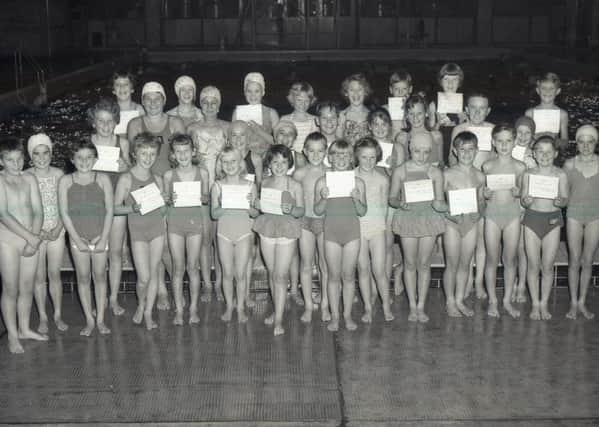NOSTALGIA: Women and children PoWs home in 1918 and surprise in new hospital plan in 1963


* For the first time since the Prisoner of War (PoW) exchange began, a shipload of women and children was brought to Boston.
Since January of that year, Boston had acted as a port of exchange for German and UK Prisoners of War.
Advertisement
Advertisement
The group of 84 women and children had been detained in Belgium since August 1914. Most of the women were governesses of the Belgian wives of Englishmen.


The Standard wrote: “[The home-comers] were accorded a hearty reception by a crowd of about 200 people assembled on the banks and again at the dock where three rousing cheers were given by the soldiers and sailors on the jetty.”
Among the passengers was Boston woman Agnes O’Connell, who had been working as a governess in Belgium for 10 years.
She said as part of their detainment, they had to report in person periodically to German officials to show they had not run away, be indoors at night will all lights outs by 9pm, and not sleep a night away from ‘home’ without permission.
Advertisement
Advertisement
With regards to the food situation, she said: “We could get hardly anything to eat and what we did get was an enormous price.”
This week in 1963 ...
* A model of the proposed new general hospital for Boston had gone on display, showcasing a surprise new feature – a nine-storey, 130ft-high central ward block.
The original design had been prepared by Building Design Partnership, of London and Preston, after it won a national competition for the hospital’s design. This was then presented officially at a Guildhall function in 1960.
“Since then it has undergone many amendments in the light of consultations between interested parties, and its mainly low and flat outline has been shattered by the new, massive block,” the Standard wrote.
Advertisement
Advertisement
Under the plans, the building would have 546 beds, 500 parking spaces, and a helicopter landing ground.
It was hoped construction would begin in 1966.
The model formed part of the Boston Nurse Training School’s annual prize-giving event.
There, Miss D. M. White, deputy chief nursing officer to the Ministry of Health, spoke on a number of issues, including how marriage can affect the profession.
“Don’t think that just because you have got married, you’ve got to give up nursing,” she told attendees.